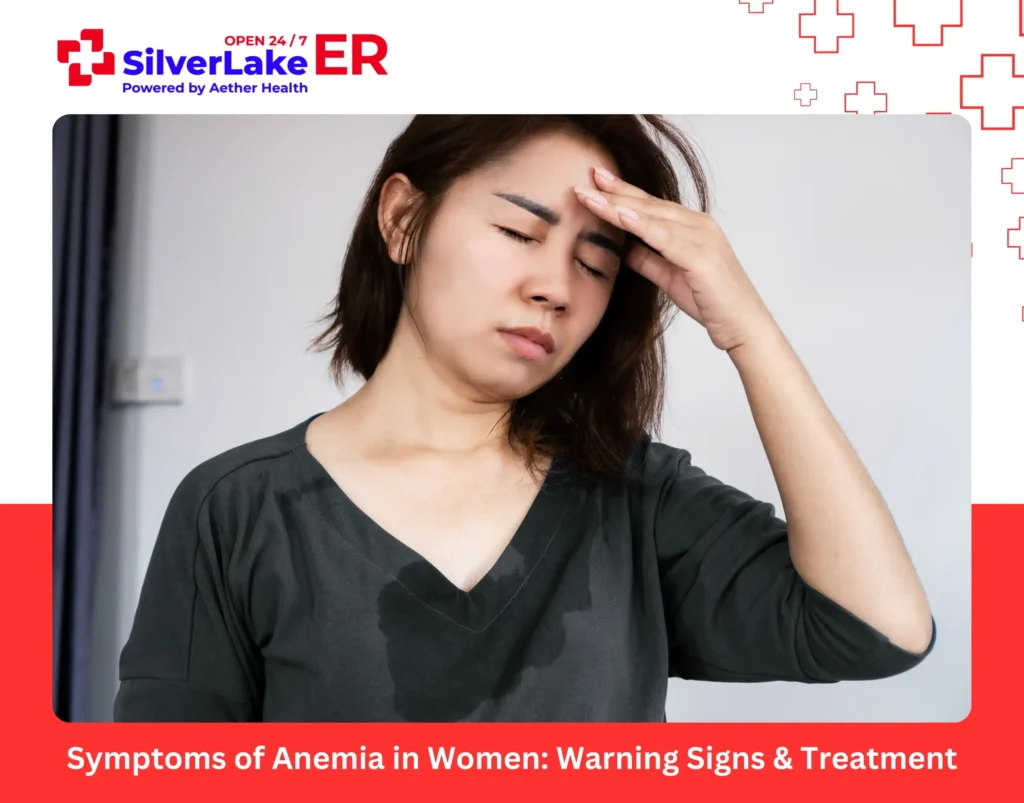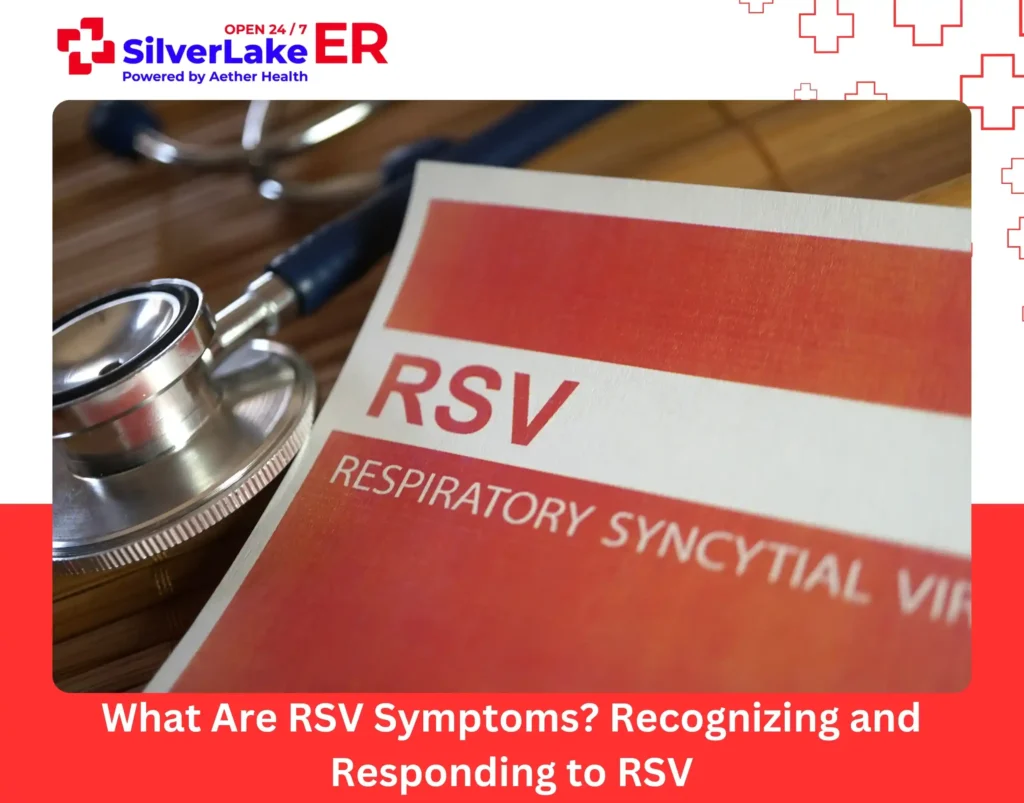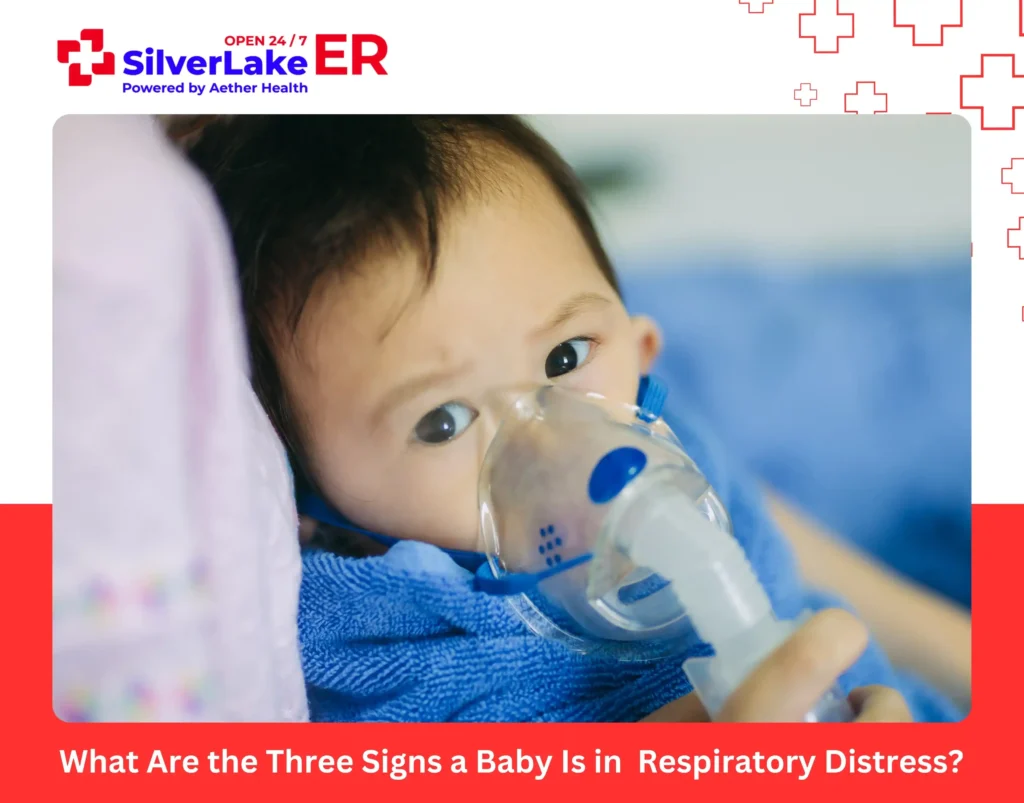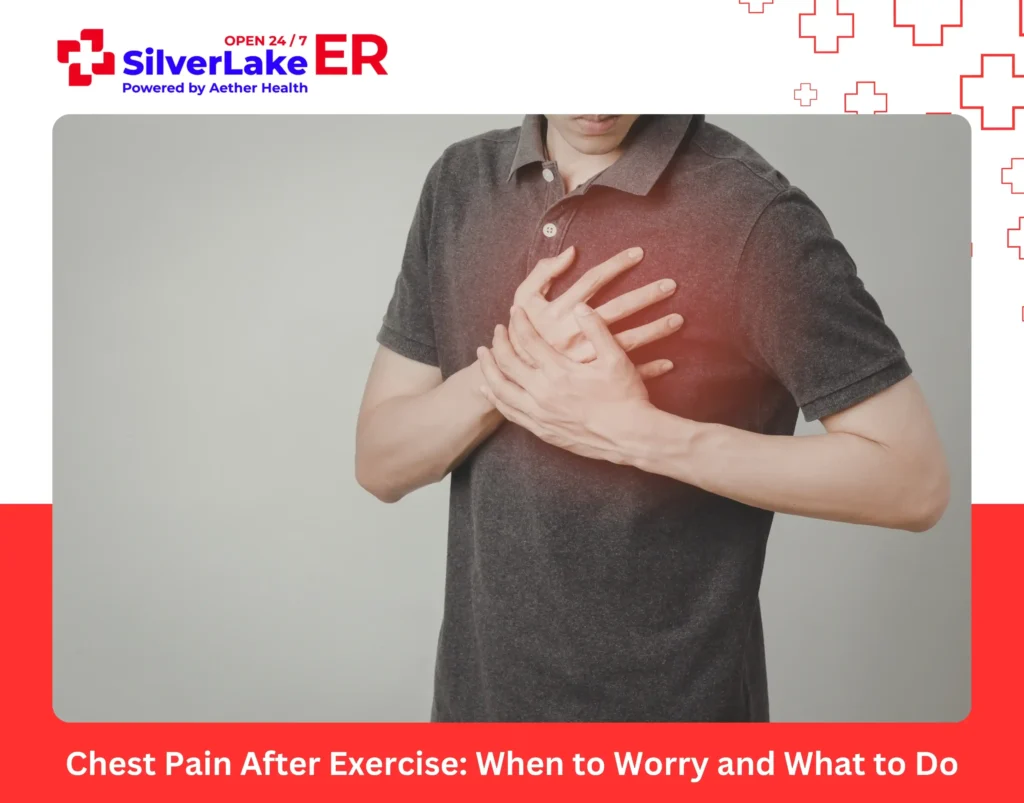Is nothing helping with your hair loss, even though you’ve tried everything? You’d better get yourself checked for anemia. Yes, hair thinning, fatigue, heavy periods, and feeling cold all the time are some of its common signs.
Iron deficiency anemia affects millions of women worldwide, yet many dismiss the warning signs without realizing that anemia is quietly wearing their body down.
Recognizing the signs early can help you avoid serious complications and take back control of your health. So, let’s explore the most common symptoms of anemia in women, the causes, diagnostic methods, and treatment options.
What Is Anemia?
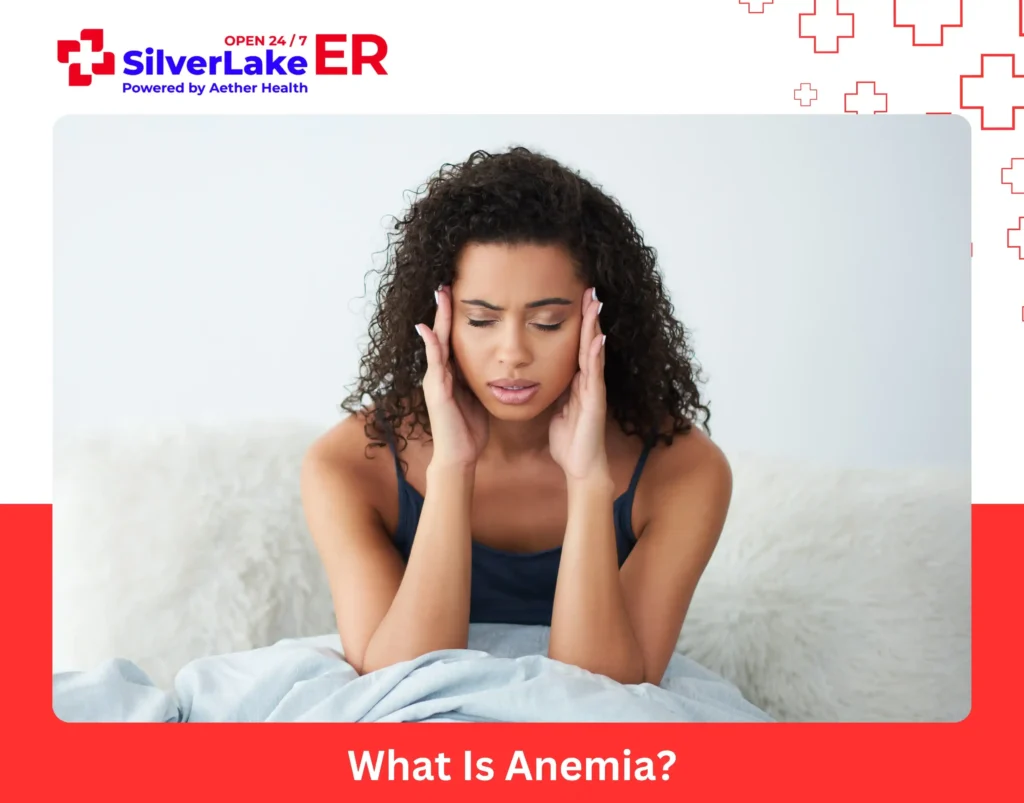
Anemia means your body isn’t getting enough oxygen. And that can quietly affect your heart, your brain, your mood, and your ability to focus.
It occurs when your body doesn’t produce enough healthy red blood cells or hemoglobin (the protein that carries oxygen throughout your body). As a result, vital organs and tissues don’t receive the oxygen they need to function properly.
Types and Causes of Anemia in Women
There are several types of anemia, each with distinct causes:
- Iron Deficiency Anemia: Most common, usually caused by blood loss or inadequate dietary iron.
- Vitamin Deficiency Anemia: Often due to insufficient vitamin B12 or folate intake.
- Anemia of Chronic Disease: Linked to long-term illnesses like rheumatoid arthritis or kidney disease.
- Aplastic Anemia: A rare condition where the bone marrow doesn’t produce enough red blood cells.
- Hemolytic Anemia: Occurs when red blood cells are destroyed faster than the body can produce them.
Why Women Are More Prone to Anemia
While anyone can develop anemia, symptoms of anemia in women are often more pronounced due to the following factors:
- Menstruation: Heavy or prolonged periods can result in significant iron loss.
- Pregnancy: Increased blood volume and fetal demands heighten the need for iron and other nutrients. Pregnant women experiencing unusual symptoms like blood in vomit should seek immediate care as this could indicate severe anemia complications
- Diet: Vegetarian or low-iron diets can lead to deficiencies.
- Chronic illnesses: Conditions like celiac disease or lupus can interfere with nutrient absorption.
Awareness of these risk factors can help women take preventive steps to safeguard their health.
8 Common Symptoms of Anemia in Women
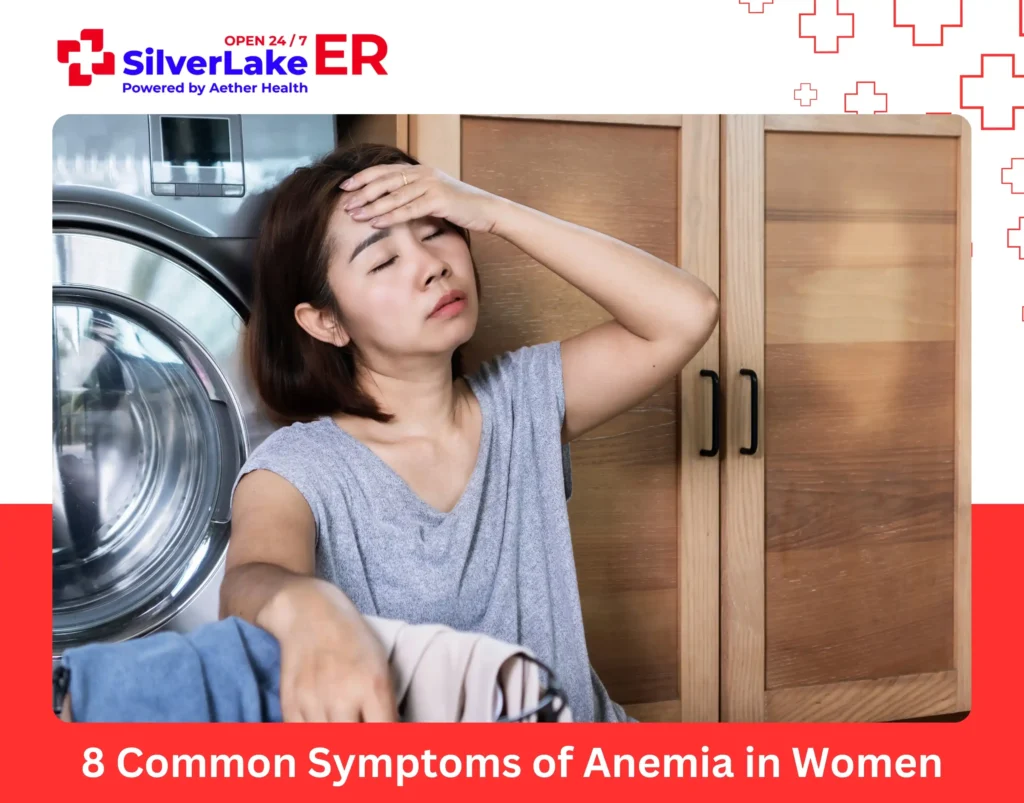
The signs can sneak up on you slowly. Many women chalk them up to stress, a busy lifestyle, or getting older. But the body always gives clues. Here are the most common symptoms of anemia in women:
1. Persistent Fatigue and Weakness
One of the earliest and most noticeable symptoms of anemia in women is constant tiredness. You may feel drained even after a full night’s sleep or minor physical activity.
2. Pale or Yellow Tinged Skin
Your skin may appear lighter than usual, especially on your face, lips, and inner eyelids. A yellowish hue can also signal anemia in more advanced stages.
3. Shortness of Breath
Even mild physical exertion may leave you gasping. This happens when insufficient oxygen is circulated to muscles and tissues.
4. Dizziness or Lightheadedness
Frequent episodes of dizziness or feeling faint, especially when standing, can be caused by reduced oxygen to the brain.
5. Cold Extremities
Cold hands and feet, even in warm temperatures, may be a result of poor blood circulation.
6. Hair Loss and Brittle Nails
If your hair is thinning or falling out more than usual and your nails break easily, iron deficiency anemia may be to blame.
7. Headaches and Cognitive Fog
Frequent headaches, difficulty focusing, and memory lapses are often linked to oxygen deprivation in the brain. Learn to recognize when headaches signal serious underlying conditions that need immediate attention.
8. Rapid Heartbeat or Chest Pain
An increased heart rate or chest tightness occurs as your heart works harder to deliver oxygen.
How Anemia Is Diagnosed
If you suspect anemia, a healthcare provider will start with a detailed history and physical exam, followed by lab tests:
- Complete Blood Count (CBC): Assesses levels of hemoglobin and red blood cells.
- Iron Panel: Includes serum iron, ferritin, and total iron binding capacity.
- Vitamin B12 and Folate Levels
- Reticulocyte Count: Measures immature red blood cells to determine bone marrow activity.
These tests help identify not only the presence of anemia but also its type and severity.
Treatment Options for Anemia in Women

Treatment for symptoms of anemia in women depends on the underlying cause:
- Iron Supplements: Most commonly prescribed for iron deficiency anemia.
- Vitamin B12 and Folate Supplements: For those with deficiency-related anemia.
- Dietary Adjustments: Incorporate foods like lean red meat, beans, spinach, and fortified cereals.
- Address Underlying Conditions: Manage chronic diseases that contribute to anemia.
- Intravenous Iron or Blood Transfusions: In cases of severe anemia.
Note: Always follow medical advice and avoid self-medicating, as inappropriate supplementation can be harmful.
When to Seek Medical Attention
You should consult a healthcare provider if you experience:
- Unexplained fatigue or weakness
- Pale or yellowish skin
- Shortness of breath or dizziness
- Irregular menstrual cycles
- Chest pain or rapid heartbeat
Final Thoughts
Timely diagnosis and treatment of symptoms of anemia in women can significantly enhance well-being and prevent long-term complications.
If you’re noticing any signs, visit your nearest emergency room. At Silverlake ER, we offer on-site blood testing, IV iron therapy, and immediate management of anemia complications, all under one roof.
You don’t have to live with constant fatigue. There’s help, and you deserve to feel better.
FAQs
1: What is the most common cause of anemia in women?
The most common cause of anemia in women is iron deficiency, which often results from heavy menstrual bleeding or pregnancy.
2: Can anemia affect menstrual cycles?
Yes, anemia can lead to heavier or irregular periods in some women.
3: How long do iron supplements take to work?
You may notice improvements in fatigue within a week or two, but full recovery can take several months.
4: Is hair loss from anemia reversible?
Yes, in many cases, hair growth returns once iron levels are restored.
5: Does anemia impact weight?
Not directly, but fatigue may lead to reduced physical activity or changes in appetite.
6: Are vegetarians more likely to develop anemia?
Yes, due to limited intake of heme iron found in animal products. Plant-based sources and fortified foods can help.
7: Can anemia cause anxiety or mental fog?
Yes, low oxygen levels can impair brain function, leading to mood changes and cognitive issues.

